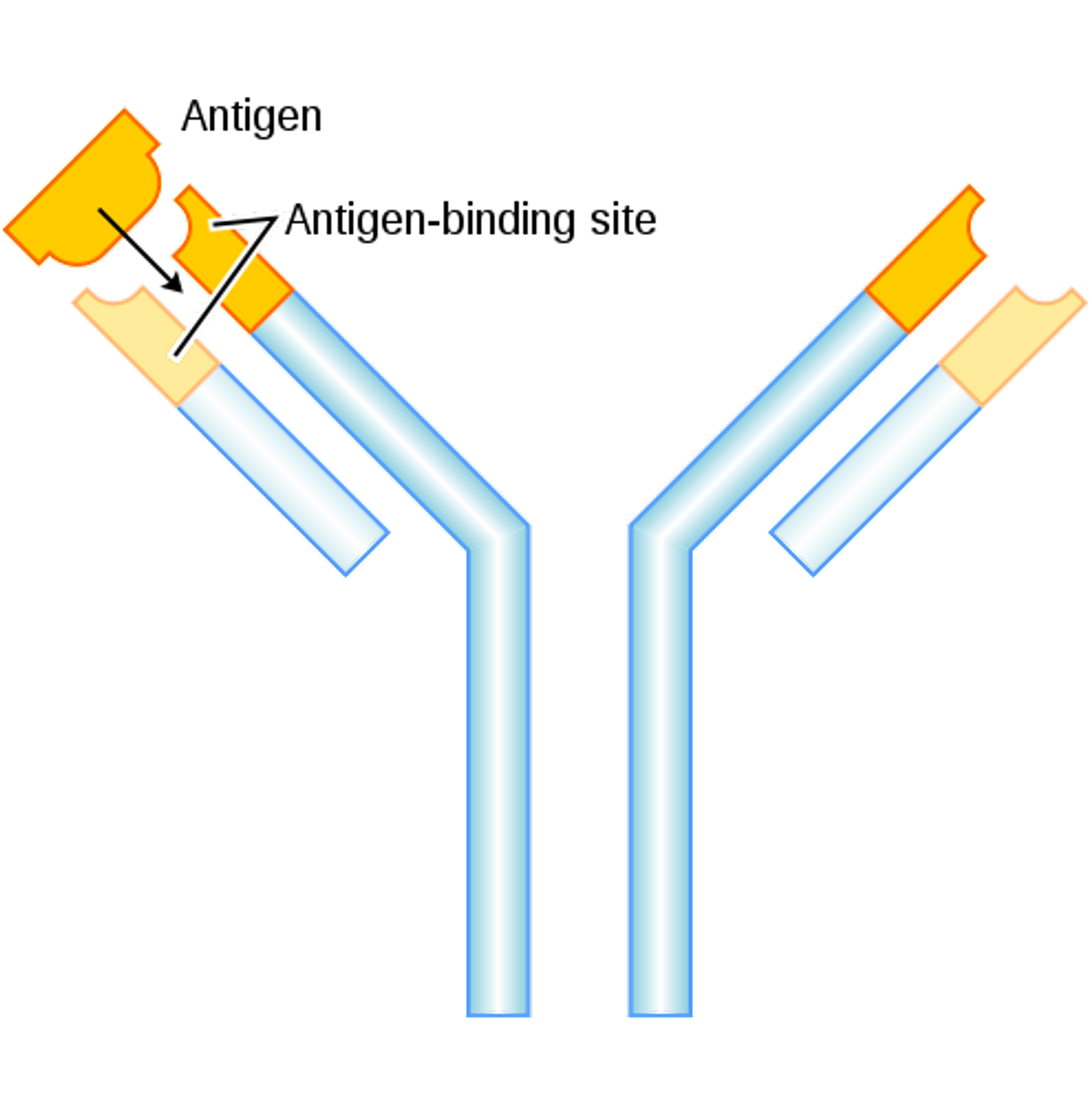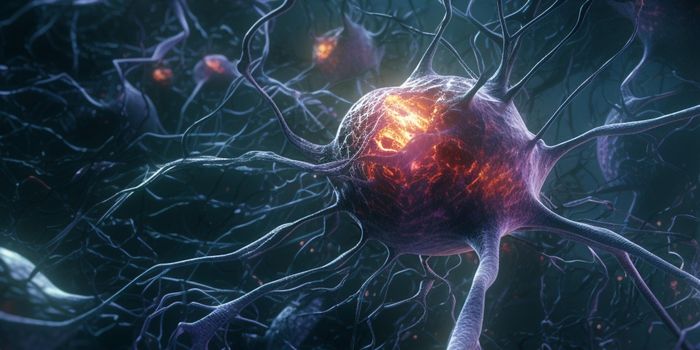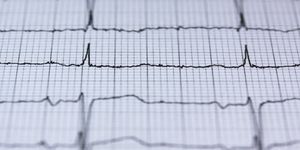Chromosomes Exist in a Liquid-Solid Transistion State
Physicists and Molecular biologists at the University of California San Diego came together to study how distant regions of lymphocyte genes recombine. Scientists investigated how the variable region (V), diversity region (D), and joining region (J) of the lymphocyte DNA manage to maintain chromosomal organization and the flexibility to recombine. Lymphocyte cells degrade foreign antigens and must be genetically diverse because each lymphocyte cell is genetically designed to target one specific antigen.
The group used live mammalian B-lymphocyte cells to observe and analyze the motion of the DNA inside and to study how that motion affects antibody production. Local motion data showed that the V, D, and J regions stayed cemented in place on the chromosome, but DNA within the regions reached out to recombine with faraway genes. This reach is allowed by bridges, characteristic of a gel-like matter. The group concludes that the DNA enters a transition state of matter between solid and liquid for recombination. The gel transition state is flexible enough to allow the DNA to reach a massive library of genes and ensure genetic adaptability. However, the gel is stable and keep genes in a designated place on the chromosome. Stability of chromosomal organization ensures that when a B-lymphocyte receptor identifies an antigen, genes coding for more of that lymphocyte can be easily retrieved and transcribed.
Chromosomal organization dictates many things, including the frequency of gene transcription, which genes interact with each other, and cell fate. Understanding the chromosomal organization and mechanisms of the V, D, and J regions is complicated because mammals have many regions of each type. This study contributes detail to a mechanistic understanding of B-lymphocyte genomics.
Sources: Nature, ScienceDaily, Image









